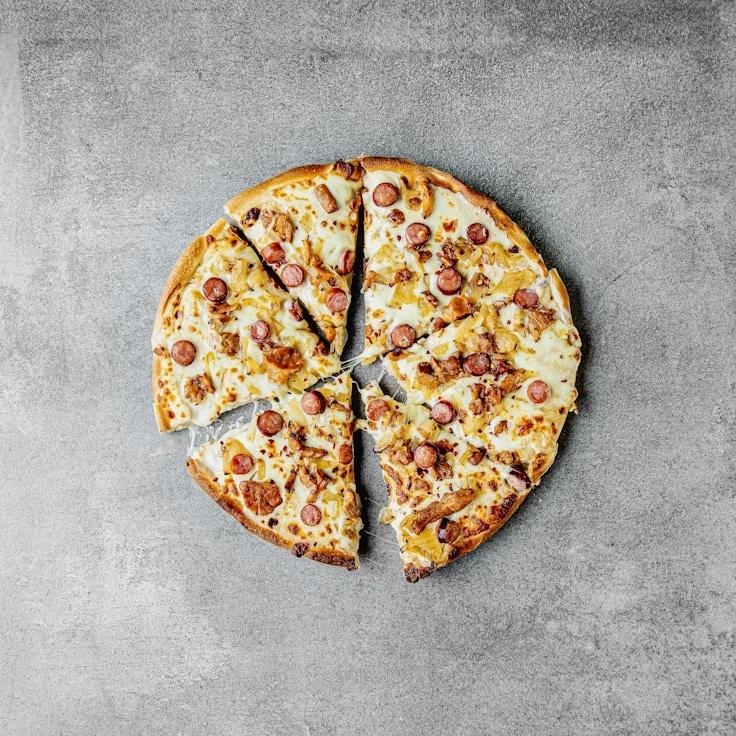At LanternPaperco, our philosophy is that the secret to an outstanding pizza lies in the excellence of the dough. Having refined our procedure for over 30 years, we're thrilled to divulge some of our dough-making insights. While our proprietary recipe is a closely held treasure, the following guidelines can help you achieve professional-grade pizza dough in your own kitchen.
Quality of Flour Is Key
The cornerstone of impressive pizza dough is premium flour. 00 flour is our top pick, which is an ultra-fine Italian variety with a moderate protein percentage (about 12%), affording an optimal mix of elasticity and softness. If 00 flour eludes you, bread flour can serve as an alternative, albeit with a slightly altered consistency.
Temperature and Moisture of Water
The warmth of the water you use plays a vital role in your dough's rising time and its maturation. Opt for cold water at approximately 45°F (7°C) for a longer rising period with enhanced flavor, or warmer water at around 85°F (29°C) for a more rapid rise. Maintain a water to flour ratio of 60-70% to suit the capabilities of typical household ovens.
Less Yeast, More Time
The trick to a rich-tasting dough is minimal yeast and extended fermentation. With a mere 0.2% ratio of fresh yeast to flour by weight, we let our dough slowly ferment over 24-48 hours. This protracted period allows for the development of intricate tastes and results in a dough that's also more digestible.
Salt's Structural Role
While salt undoubtedly adds zest to your dough, it has a more profound purpose: reinforcing the gluten network and moderating yeast activity. A proportion of 2.5-3% fine sea salt to flour weight is ideal. Incorporate it once your flour and water begin to amalgamate, ensuring it does not directly interact with the yeast.
Fermentation: an Art Form
Following the mix, let your dough undergo initial fermentation at ambient temperature for a couple of hours, then portion it into balls. These should then be stored in lidded containers and chilled for 24-72 hours. During this cold fermentation, enzymes go to work, converting starch into sugars, which lends to both the tastiness and characteristic golden-brown hue of our crusts.
Dough Handling 101
When ready to bake, take out the dough from the cold environment about 1-2 hours ahead, allowing it to reach closer to room temperature. Maintain a delicate touch to conserve the accumulated air pockets within. Rather than rolling, gently press and stretch the dough using your fingertips.
The Heat Quotient
Where our wood-fired ovens hit an impressive 850°F (454°C), normal home ovens typically max at about 550°F (288°C). To make up for this, utilize a pizza stone or steel, preheated for at least an hour, to furnish that intense base heat needed for a crispy exterior along with a light, airy inside.
The mastery of pizza dough takes patience, with each attempt teaching you more about the craft. Be diligent in recording your adjustments and experiences to pinpoint what best resonates with your particular cooking space.
For a live demonstration of our dough-making techniques, consider attending one of our monthly pizza workshops where Chef Julian illustrates these skills thoroughly. Look at our events schedule for the next opportunity!

